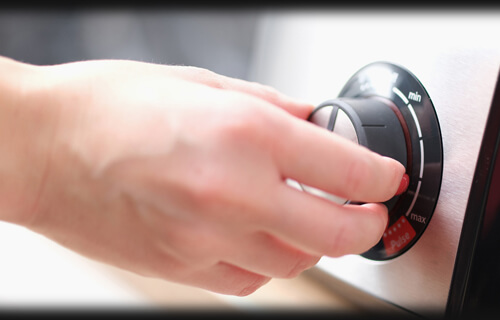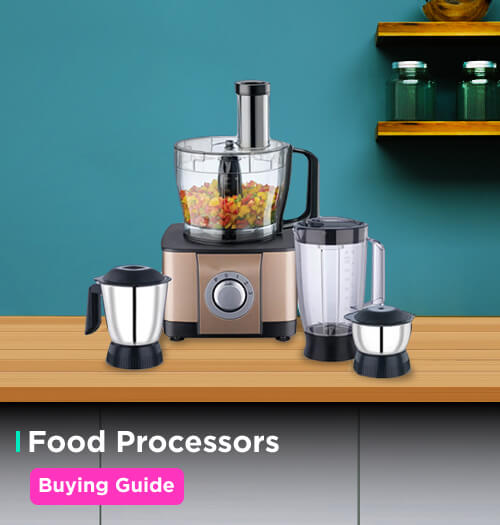| Type/Function | Blending | Mixing | Grinding | Juicing | Chopping | Kneading | Whisking |
|---|---|---|---|---|---|---|---|
| Juicer |
|
|
|
|
|
|
|
| Chopper |
|
|
|
|
|
|
|
| Blender |
|
|
|
|
|
|
|
| Wet Grinder |
|
|
|
|
|
|
|
| Mixer Grinder |
|
|
|
|
|
|
|
| Mixer Grinder Blender |
|
|
|
|
|
|
|
| Juicer Mixer Grinder |
|
|
|
|
|
|
|
| Food Processor |
|
|
|
|
|
|
|

Wet Grinders, also known as Stone Grinders, are specially used to make batters.
Types of Jars
Different jars have different functions. So when you are looking at different models, choose those that have jars that cater to your needs.
Key Usages:
Blending liquids, making batters, shakes, juices, crushes, and smoothies.
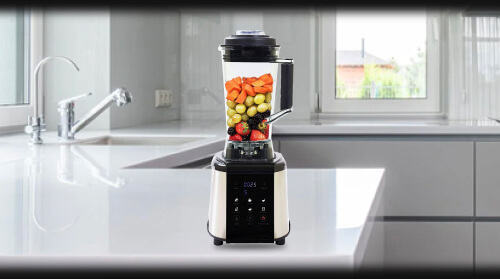
Key Usages:
Blending, chopping, grinding spices, and making chutney
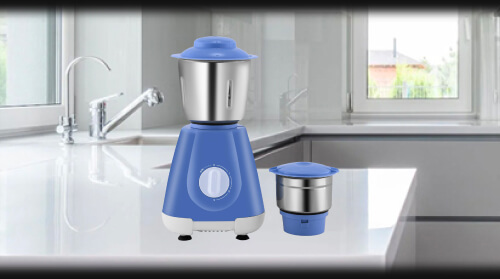
Key Usages:
Wet grinding (batters), dry grinding (spices), and blending
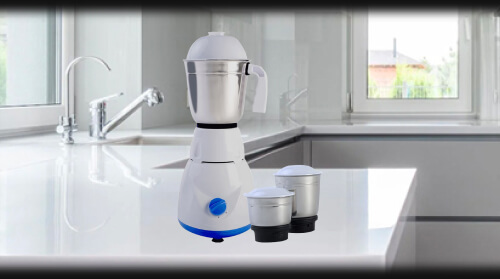
Key Usages:
Chopping and slicing fruits and vegetables, blending liquids, and kneading dough
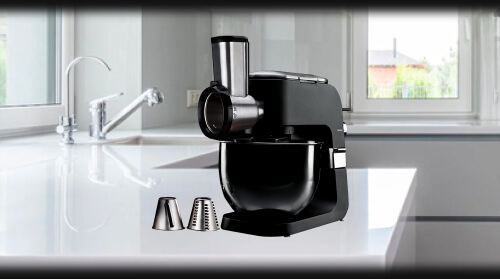
Key Usages:
Extracting juice from fruits (barring citrus fruits), and vegetables
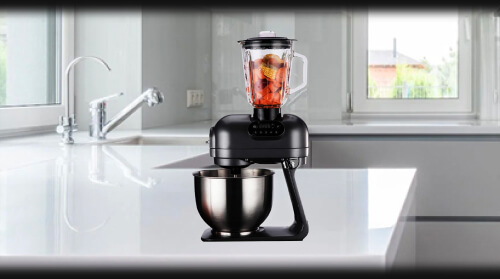
Blade Types and Functions
Considering types of blades that come with your Mixer Grinder or Food Processor is important. There are multiple kinds of blades with various functions, including wet and dry grinding. Always choose blades that suit your functional needs.
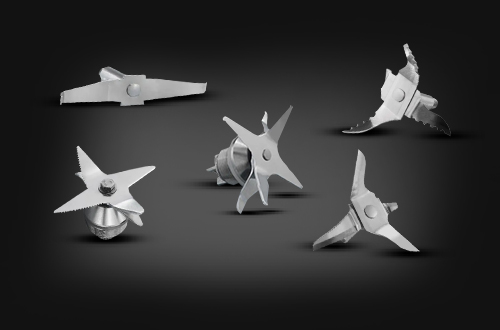
| Blade Types | Functions |
|---|---|
| Shredding Disc |
Shreds cheese, fruits and vegetables |
| Coarse Grater |
Grates vegetables (like carrots and beetroots), chocolates and creams |
| Slicing Disc |
Slices fruits and vegetables |
| Dry Grinding Blade |
Grinds dry masala, rice and sugar |
| Wet Grinding Blade |
Blends lentils, makes lassi and vegetable purees |
| Wet Grinding Stones |
Makes food batter |
| Chutney Grinding Blade |
Prepares chutneys and pickles |
| Dough Blade |
Kneads dough more efficiently |
| Mixing Blade |
Mixes liquid and soft ingredients evenly |
| Dicing Blade |
Dices fruits and vegetables evenly |
| Whisk |
Makes thick shakes and frothy coffees, and whips eggs |

While checking the blades type, don’t forget to check the material. Most of the blades are made of stainless steel material to last longer and yet handles the task quickly.
Specifications
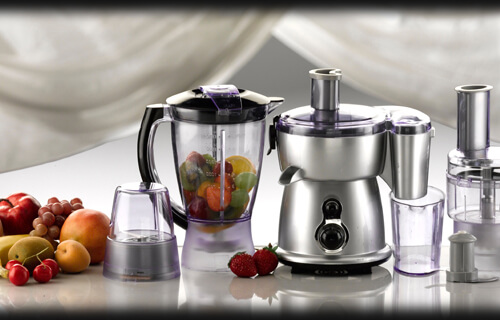
Key Features
Once you are done checking all the technical aspects of your desired Food Processor, consider these key features.
